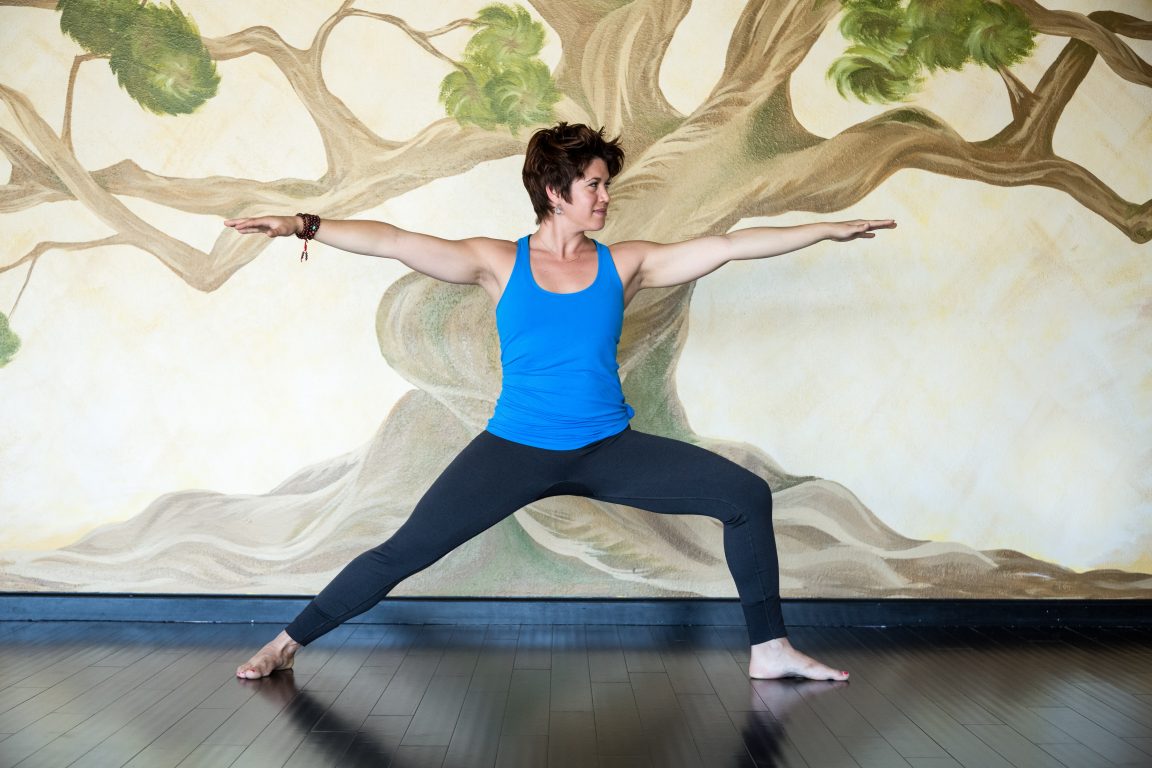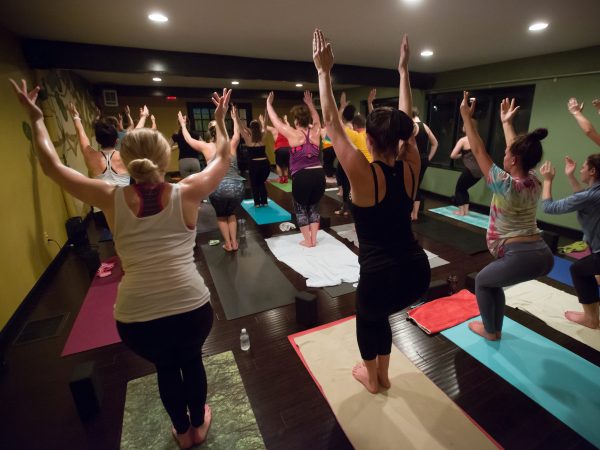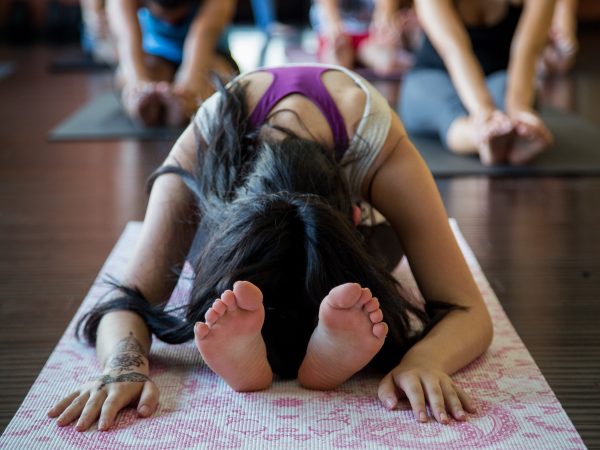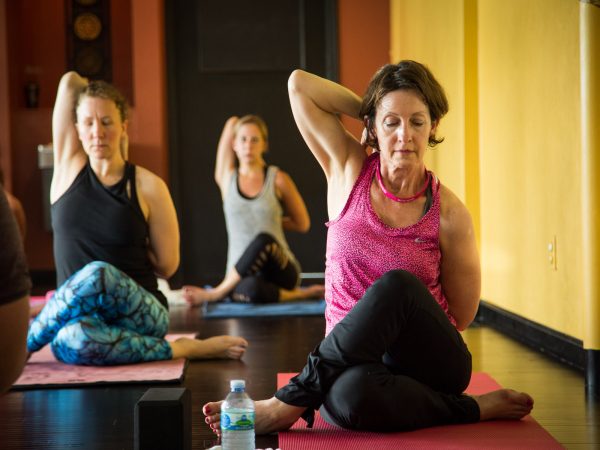Tree of Life

There’s a tree that grows in Africa that embodies the term “survivor.” This tree grows insanely tall and thick, storing water in the dry months and packing rich nutrients into its fruit during the spring. Africans call it their Tree of Life, simply because it gives infinitely and can live for thousands of years. It is an essential part of the African landscape. The trunk is massive, and the branches only begin high in the air—the base is round with no easy handholds. Though hard to tap into at first, this tree just keeps giving. The people that live near them use every part of the tree, from its trunk to its fruit to the beehives that are stored in the branches far above the ground. The tree keeps surviving—and so do the people that depend on it.
Yoga, in its purest form, teaches us how to become like this tree. I remember, growing up, that so many of my peers and leaders tried to tell me, over and over again, that working on myself was the best thing I could do. I should “date” myself. I should take care of myself. Both are good things, but after being told over and over to take care of myself first, there was a period of time when I went overboard–not only did I take care of myself over others, I took care of myself at the expense of others. I spent so much time working on me that I began to stop thinking about others.
There’s a not-so-subtle (and really, quite terrifying) problem to this. Because I spent too much time on myself at the expense of the relationships with the people around me, I lost friendships. I dropped new dates quicker than my brain could really process them. I was trying too hard to make myself happy–and in the process, forgot the key reason for living: loving other people.
It was within the midst of this confusing chaos that I began to remember something my mother taught me. Through great sacrifice on her part, she gave me and my sisters everything we needed–after, of course, she made sure that her own needs were covered. I distinctly remember one day in high school: I was folding the laundry and for some reason a thought popped into the back of my head. Curious, I turned around to my mother, who was washing the dishes, and asked, “Hey mom, why do you have the same clothes that you’ve had for years? I’m pretty sure there’s nothing new here from the last two, at least.” And how she responded changed my whole perspective.
She said, “You and Katie and Michala are always needing new clothes, sweetheart. There’s no reason for me to have them when the old ones still fit me.” It was, quite honestly, a very simple moment. But I had never thought about my mother needing things, not really, before this. It had just been a statement of fact that she gave us whatever we needed, and occasionally wanted–but I’d never really thought about what she needed. Her easy-going attitude of knowing her own needs were taken care of expanded as she then made sure to take care of us; because she took the time to make sure she was happy and healthy and confident in herself, she was able to take the time to give us the tools to be happy and healthy and confident as well.
And it’s easy to say that that’s what mothers do. But why can’t it be something that we all do? Within the book “How Yoga Works,” Geshe Michael Roach speaks of compassion, and how this particular emotion would help us not only stick with our practice, but also give to our own selves even as we help those around us. He states, “[Compassion] is something you have to understand . . . it’s something important. You see, you can’t do this, you can’t do yoga, just to fix your own back. It’s too small. We are too small. If we do something just to help ourselves, it will never work. You can never really put effort into a thing if it’s only for yourself. It has to be for something bigger” (Roach, 20). When we put ourselves first at the expense of those around us, we stop growing. Our hearts put up a wall and we lose the incredible opportunity to serve those around us. To be there for them. To grow in love and compassion—with them. When we decide to be selfish with our own lives, we lose out on the relationships we have—which is the true essence of life. But when we reach out and put others before us, to serve them and help them and be there for them, that’s when we grow. That’s when we become just like that tree in Africa—we not only keep living, but we help those around us do so too. We have to have fertile ground in order to truly grow fruit; we have to find the balance between taking care of ourselves and taking care of others.
When we practice yoga, if we practice with more than ourselves in mind, it transforms our lives. When we talk about ahimsa, or nonviolence, which is the very first limb of yoga, we are essentially talking about serving others—about giving them what they need. The Yoga Sutras, an ancient text that first transcribed what yoga was all about, speaks first of this nonviolence. And it goes beyond that—of sacrificing for other people as well as for ourselves. There is a need to take care of our own beings, just as there is a need to take care of other people. Yoga teaches us this balance, just as it teaches us balance within all things. Your practice will give you the tools to tune into your own wisdom to answer the question: what is your own personal balance between finding your own happiness and finding the happiness of those around you? As Roach says:
“There’s something you have to realize,” I began, “and then it will come clear. You see, it’s not a question of my happiness or others’ happiness, although our minds are often setting it up that way. If you are really committed to helping others reach some kind of ultimate happiness—if that is what you live for—then in the end of all ends you will come to realize that you can only do so by reaching this happiness yourself, so that then you can come back and show them how to do it.
“And—here is where the seeming paradox comes in—you can only reach your own happiness if you are already doing it for others. So this is how it works: you want to help others to be happy; so you work towards that happiness yourself; wanting to help others lets you reach it; and then you are in a position to carry out what you wanted in the first place: to bring others there.” (Roach, 263)
We must find that balance. Be that tree that grows in Africa, which takes care of itself so that it can better give to others. Allow yourself to grow tall and strong—so that not only you survive, but so does everyone around you. You have more abundance to give than you know.
Roach, Michael. How Yoga Works: Healing Yourself and Others with the Yoga Sutra. Pompton Plains, NJ: Diamond Cutter Press, 2004. Print.




